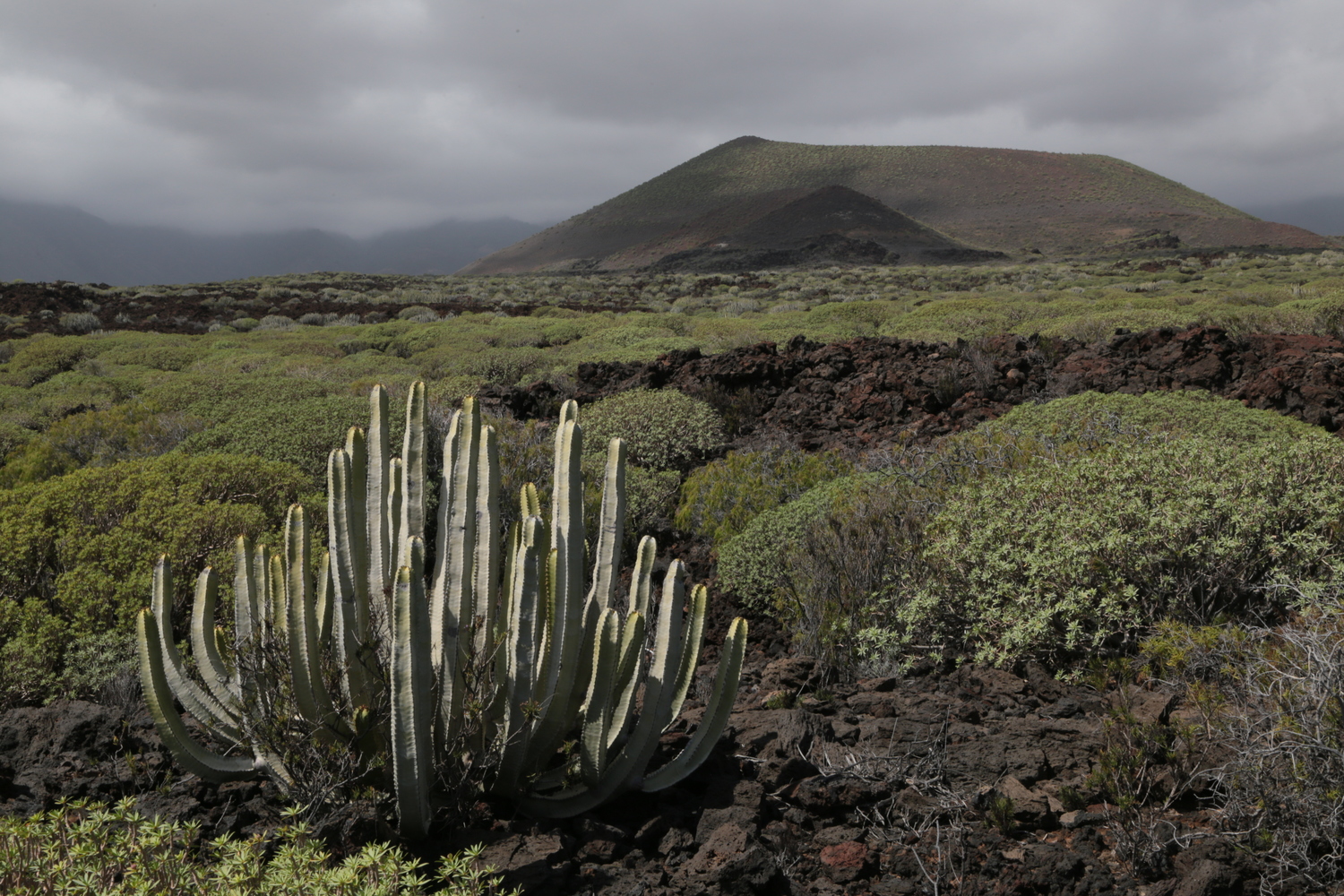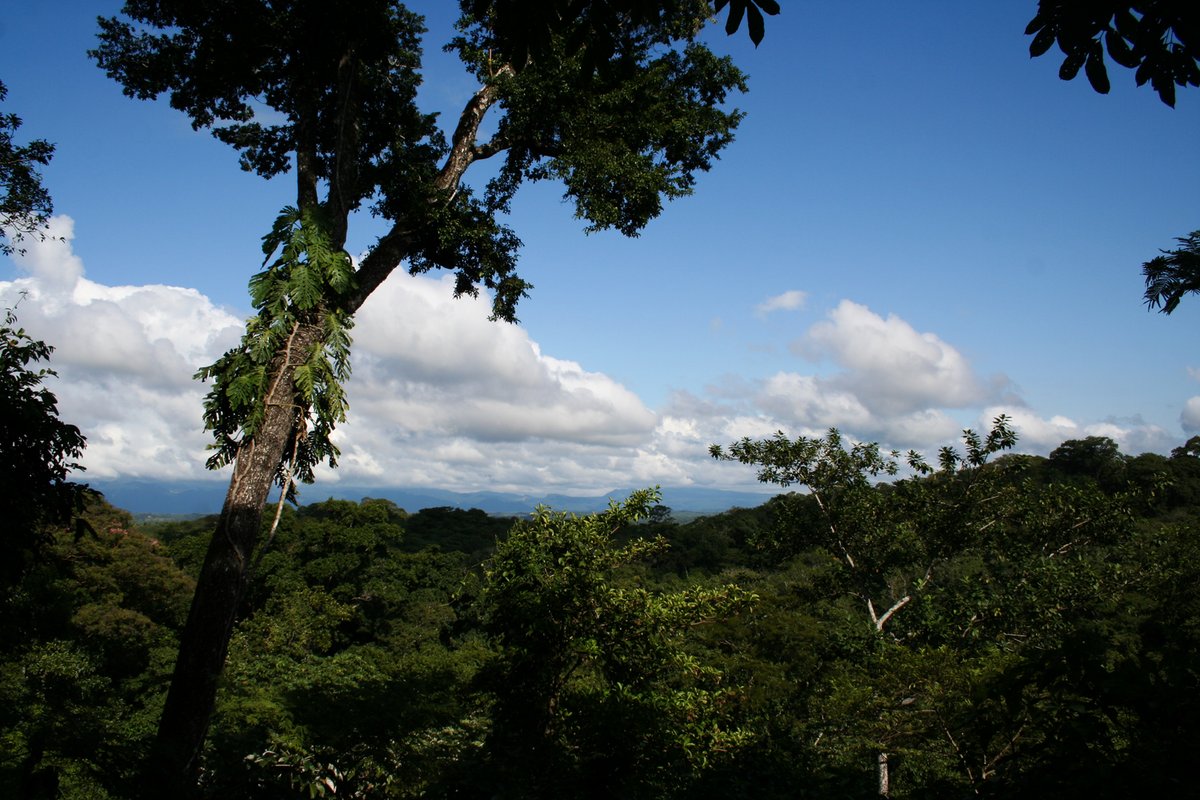
Fungi as filter for plant distributions
An international research team, including University of Konstanz ecologist Professor Mark van Kleunen, analyzed the influence of fungi on biodiversity.
The symbiosis between plants and fungi greatly influences the spread of plant species around the world. In some cases, it even acts like a filter. This is what an international research team, including a University of Konstanz ecologist, discovered. Not only do factors such as island size, isolation and geological development play an important role in plant species’ colonisation of islands, but so do species interactions. According to their research findings, the symbiotic association between a plant and a fungus - the so-called mycorrhiza - is of particular importance. These results were published in the current issue of the journal Nature Ecology & Evolution.
The plant and fungi exchange nutrients via the plants’ fine root system. While the fungus receives carbohydrates from the plant, the plant gains nutrients that the fungus has absorbed from the soil. Access to new data on the distribution of plant species within 1,100 island and mainland regions has allowed researchers to investigate the influence of this interaction for the first time. The result: Under natural conditions, mycorrhiza-plant interactions occur less frequently on islands since their mutual interdependence is a disadvantage when colonizing remote islands. This symbiosis thus acts as a filter for plant distribution.
“Interestingly enough, this does not apply to plant species introduced by humans. This is likely due to the fact that fungi and plants are often introduced together,” explains Konstanz ecologist Professor Mark van Kleunen, who participated in the study. “This shows that human-induced biological invasions erase many natural distribution patterns.” Moreover, the proportion of plant species with mycorrhiza interactions increases as you travel from the poles towards the equator.
The researchers' findings show that complex relationships between different organisms are crucial to both understanding global diversity patterns and preserving biological diversity. “The disruption of biotic interactions can change the stability of ecosystems and make them more susceptible to biological invasions,” emphasizes Mark van Kleunen.
Facts:
- Original publication: Camille S. Delavaux, Patrick Weigelt, Wayne Dawson, Jessica Duchicela, Franz Essl, Mark van Kleunen, Christian König, Jan Pergl, Petr Pyšek, Anke Stein, Marten Winter, Peggy Schultz, Holger Kreft and James D. Bever: Mycorrhizal fungi influence global plant biogeography. Nature Ecology & Evolution (2019). DOI: 10.1038/s41559-019-0823-4
- The international research team, including University of Konstanz ecologist Professor Mark van Kleunen, analyzed the influence of fungi on biodiversity.
- The study is based on new data on the propagation of plant species within 1,100 island and mainland regions.
- Funding for the research in Konstanz was acquired in the context of the Global Naturalized Alien Flora (GloNAF) project from the German Research Foundation (DFG).
Press release: No. 17/2019

